Photo by EKATERINA BOLOVTSOVA from Pexels
In what setting?
Problem-solving courts have been established in a number of high-income countries. Problem-solving principles and practices are also applied in programmes that “divert” cases from the criminal courts to a plethora of other interventions. In communities where formal justice is difficult to obtain, criminal justice often has many similar elements: sharing of experiences, restorative justice, rehabilitation, contributions by families and community members, avoiding retaliation and a return to harmony in the community.
In their report, What Makes a Court Problem-Solving? Porter, Rempel, and Mansky identify universal indicators for each of the three organising principles of problem-solving courts. They include: (under problem-solving) individualised justice and substantive education for court staff; (under collaboration) links with community-based agencies and court presence in community; and (under accountability) compliance reviews, early coordination of information, and court data systems.








